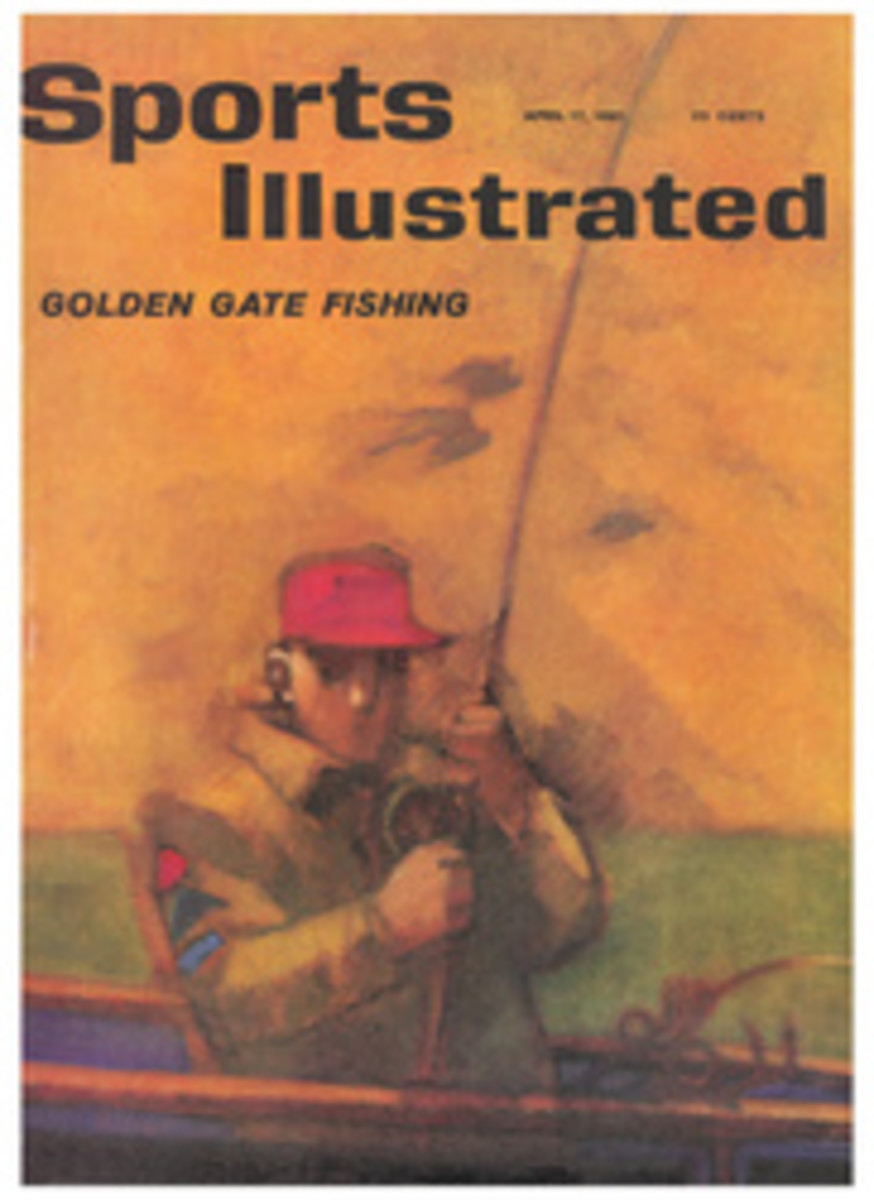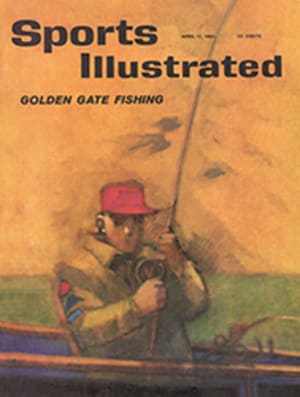
The Steps of Dan Donnelly
In a green vale of The Curragh of Kildare, a mile and a bit (as Irish miles go) from the famous race course, is a series of footprints that have been there for 145 years. They lead away from a stone monument that marks the spot where the ring stood when the great Dan Donnelly fought the Englishman, George Cooper, on December 13, 1815. The footsteps wind up to the top of Donnelly's Hollow, as the place is known, and are traditionally believed to have been made by the fighter himself after he had won the fight and walked out of the arena.
The prints are considerably deeper than they were when Donnelly made them (and there's no doubt in Kildare that he did), for it early became a ritual for tourists to step in them, and they are nowadays large enough to suggest an Irish variation of the Himalayan Yeti—a kind of Abominable Leprechaun.
The fight with Cooper at this site was for a purse of £60. The Englishman was a skilled and experienced boxer but no match for Dan, who stood a half inch over 6 feet and weighed 14 stone (196 pounds). The fight ended after 11 rounds. It lasted 22 minutes under the bare-knuckle rules.
Even before his victory over Cooper, Donnelly was famous in Dublin and beyond. He was born on Townshend Street in the Irish capital and, when he grew up, worked as a carpenter. He was known to be free with his fists, but the idea of hitting people for money didn't occur to him until an English fighter known as Isle of Wight Hall arrived in Ireland on an exhibition tour. Dan challenged him to a bout. A purse of 100 guineas was subscribed by Dublin sportsmen. The contest took place on The Curragh, with some 20,000 people watching it.
It was a disappointing and inconclusive fight. The man from the Isle of Wight fell down several times without being hit, and on one of these irritating occasions Donnelly hit him while he was on the ground. The affair was under the old Jack Broughton rules, a round ending when a man was down, but Donnelly was never one to fuss about rules. From the scanty records it appears that both men claimed victory. Hall left the ring by order of the umpires but with no decision. Donnelly's supporters had a bonfire celebration anyway. How the purse was split history does not reveal.
After the fight with Cooper, memorialized by the footprints, Donnelly took off for Liverpool, "full of spirits," as his countryman and admirer, Pierce Egan, records. In Liverpool, Dan fell in with Jack Carter, a fighter of some renown, and the two went sparring together in the provinces and eventually to London.
He became a celebrity, and followers of "the Fancy" called him Sir Dan Donnelly because the Prince Regent (afterward George IV) is supposed to have conferred a satirical knighthood on him one festive evening. The Prince (Prinny to his intimates) almost certainly knew Dan, for he knew most of the fighters in London. The story goes that he tapped the Irishman on the shoulder with his sword and dubbed him Knight of the Fives. Some minstrel wrote:
Our worthy Regent was so delighted
With the great valour he did evince
That Dan was cited, aye, and invited
To come be-knighted by his own Prince.
It could have happened. It was never denied by the prince, whose memory of the evening may have been blurred; and the doggerel fits in with the general British enthusiasm for Buffing Dan. Pierce Egan wrote: "It may be said of DONNELLY that he is—all muscle. His arms are long and slingy; his shoulders uncommonly fine, particularly when in action, and prominently indicative of their punishing quality.... He makes tremendous use of his right hand." That right, in fact, seems to have been his one and only real weapon.
Dan fought only once in England, despite his popularity. His opponent was Tom Oliver, a lighter but much faster man. The match was for 100 guineas a side, on Crawley Hurst, near London. Donnelly won after a bloody scrap of 34 rounds in an hour and 10 minutes.
He disliked training and never allowed it to interfere with his pleasures, some of which were considered excessive even by the easygoing standards of the Regency Period. Before the Oliver fight, one of his friends watched Donnelly eating green peas and told him they were not good for a man in training. The Irishman scoffed at the food crank, asking, "Sure, is it a pae that will hurt me?" He downed a glass of brandy (probably not the first that day) and added: "No, nor a drop of the creature neither."
He loved women, with a sometimes absent-minded devotion. A messenger told him one evening that his wife had been asking for him.
"What sort of woman was she?" Dan asked.
"What, sir," said the messenger, "don't you know your own wife?"
"Is she a big woman?" Dan asked. "Well, never mind. I'll come along and look at her to see if I should know her."
He returned to Ireland and, after the habit of boxers, opened a saloon. Also after the habit of all too many such boxers he became his own best customer. He died suddenly in 1820, a month short of his 34th birthday. The blame was laid on cold water and whisky punch, taken after a hard game of fives, or handball.
The funeral was of championship size and Dan would have loved it, in spite of his insistence that he disliked being a celebrity ("I'm not a fighting man and I won't make a staring stock of myself"). Many of his mourners were in carriages, many on horseback. A pair of boxing gloves was carried on a cushion in front of the hearse, from which the horses were unyoked so that the bereaved admirers could pull it to Bully's Acre, where Dan was buried.
In May, 1820, this epitaph appeared in Blackwood's Magazine:
Underneath this pillar high
Lies Sir Daniel Donnelly.
He was a stout and handy man
And people called him Buffing Dan;
Knighthood he took from George's sword,
And well he wore it, by my word!
He died at last, from forty-seven
Tumblers of punch he drank one even;
O'erthrown by punch, unharmed by fist,
He died unbeaten pugilist!
Such a buffer as Donnelly
Ireland again will never see.
PHOTO
A tourist scans the footprints Donnelly is supposed to have made after the great battle.
ILLUSTRATION
In or out of the ring, "Sir" Dan Donnelly was a tough man with his fists.

